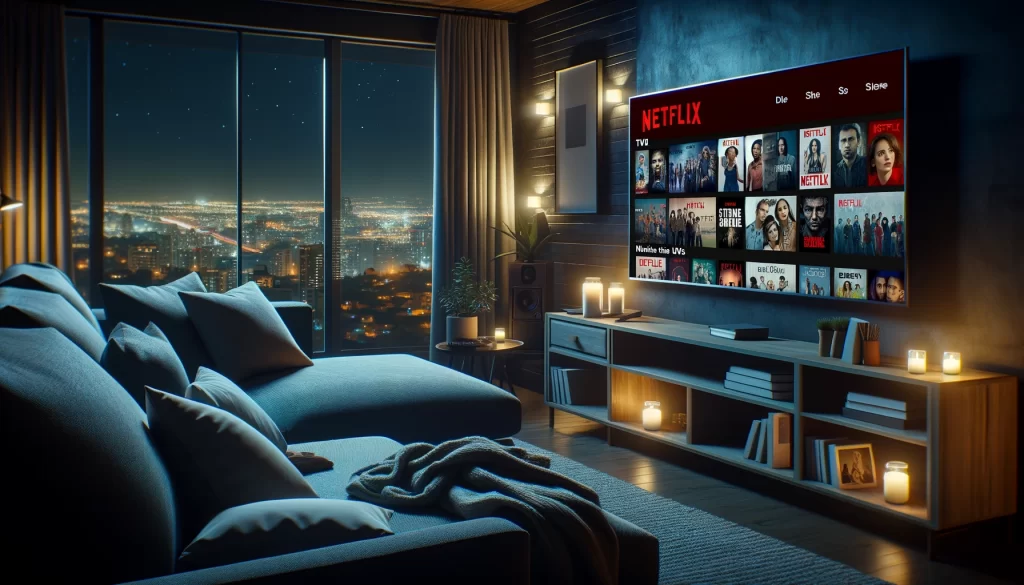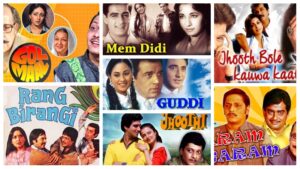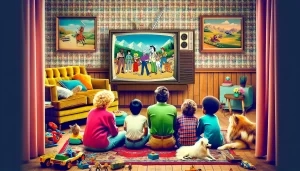In the last decade, the entertainment industry has witnessed a seismic shift in how content is consumed, largely due to the rise of streaming services such as Netflix, Amazon Prime, and Disney+. This evolution has not only changed the landscape of media consumption but also significantly impacted traditional media outlets, particularly cable television. The convenience, variety, and user control offered by streaming platforms have fundamentally altered viewing habits, ushering in the era of binge-watching and on-demand entertainment.
The Dawn of Streaming Services
The journey began in the late 2000s when Netflix transitioned from its DVD rental service to streaming, offering a library of movies and TV shows online. This innovation marked the beginning of a new era in entertainment, providing viewers with instant access to a plethora of content without the need for physical media or adherence to broadcast schedules. Amazon Prime Video and Hulu soon followed, each contributing to the growing preference for streaming over traditional cable TV subscriptions.

Impact on Cable Television
The convenience of streaming services has led to a significant decline in cable TV subscriptions, a phenomenon often referred to as “cord-cutting.” Viewers are increasingly favoring the flexibility to watch their favorite shows and movies on their schedule, without the constraints of a cable box or DVR. The cost-effectiveness of streaming subscriptions compared to the rising prices of cable packages has further fueled this shift. As a result, cable companies have experienced a steady decline in subscribers, prompting many to rethink their business models and offer their content through online platforms.
Rise of Binge-Watching Culture
Streaming services have not only changed where we watch but also how we watch. The ability to access entire seasons of TV shows at once has led to the rise of binge-watching culture. This phenomenon has transformed the storytelling approach, with creators now developing content suited for consumption in long stretches rather than weekly installments. Series are increasingly designed with cliffhangers and intricate plots that encourage viewers to watch multiple episodes in a single sitting, enhancing viewer engagement but also raising questions about viewing habits and their impact on attention spans and social interaction.
Original Content and Industry Competition
To differentiate themselves and attract subscribers, streaming platforms have heavily invested in original content. Netflix’s “House of Cards” and “Stranger Things,” Amazon Prime’s “The Marvelous Mrs. Maisel,” and Disney+’s “The Mandalorian” are just a few examples of how original programming has become a battleground for viewer attention. This competition has not only increased the quantity of available content but also its quality, pushing the boundaries of storytelling, production values, and genre diversity.
Future Implications
The evolution of streaming services is ongoing, with new players like Apple TV+ and HBO Max entering the market, each offering unique libraries and original content. The impact on traditional media continues to evolve, with cable networks launching their own streaming platforms, such as Peacock by NBCUniversal and Paramount+ by ViacomCBS. The future of entertainment seems to be a hybrid model, where traditional and digital media coexist, offering content that is accessible across multiple platforms.
Embracing Change
As we move forward, the entertainment industry’s landscape will continue to change, driven by technological advancements and changing consumer preferences. The rise of streaming services has democratized content consumption, giving viewers unprecedented control over what, when, and how they watch. While challenges remain, including the saturation of the market and the sustainability of content production, the evolution of streaming services represents a significant shift in the entertainment paradigm, one that has forever changed the way stories are told and consumed.




